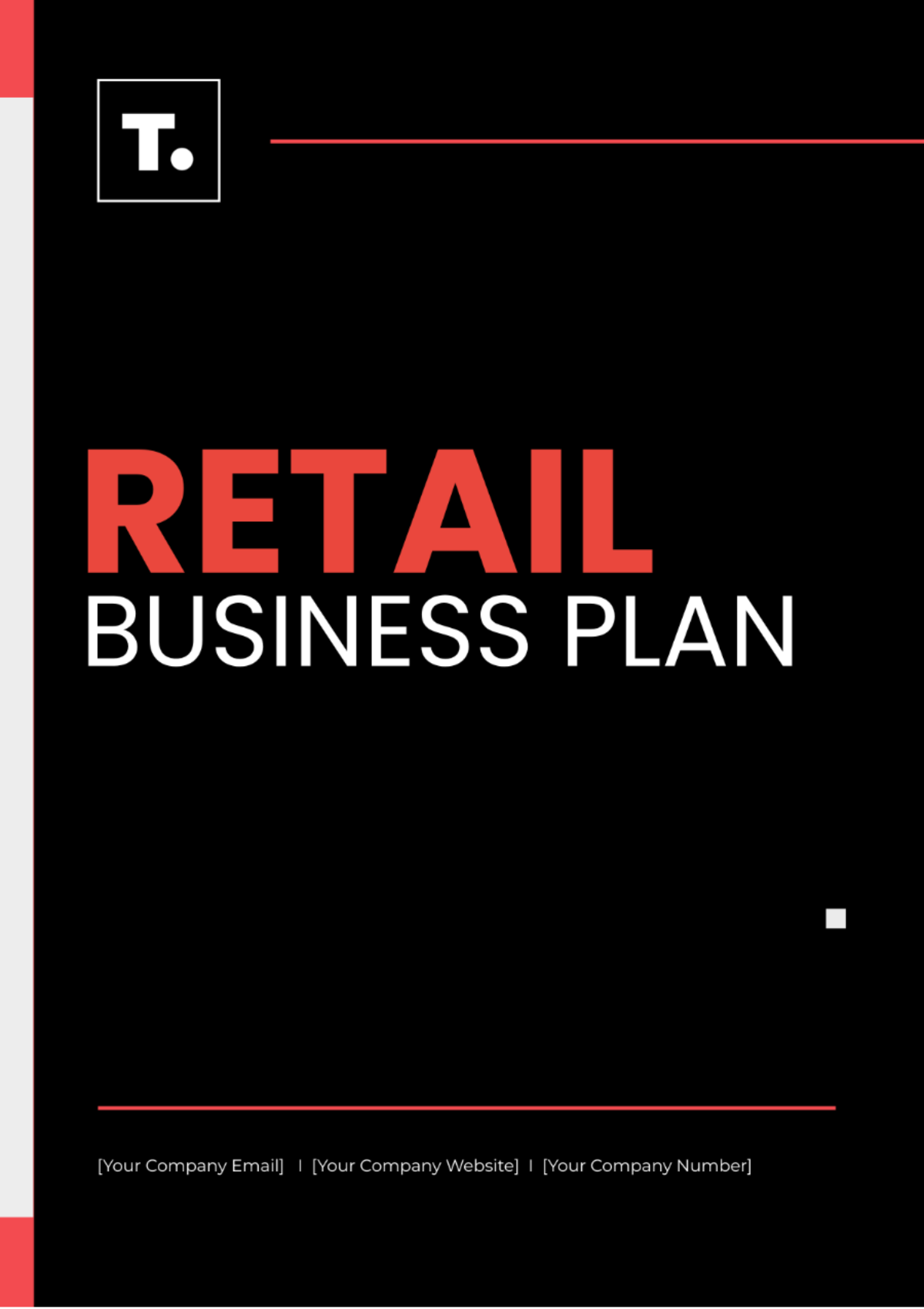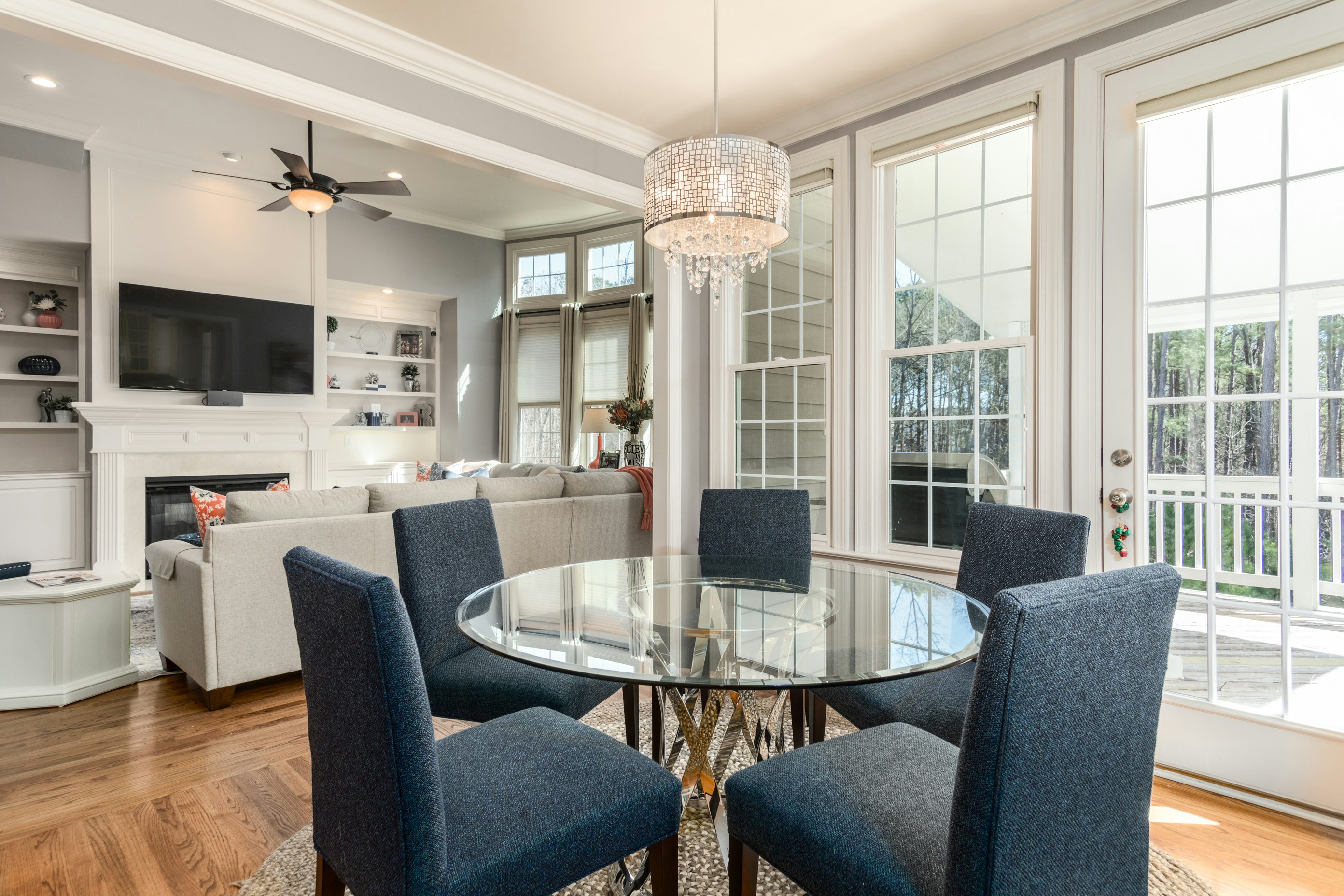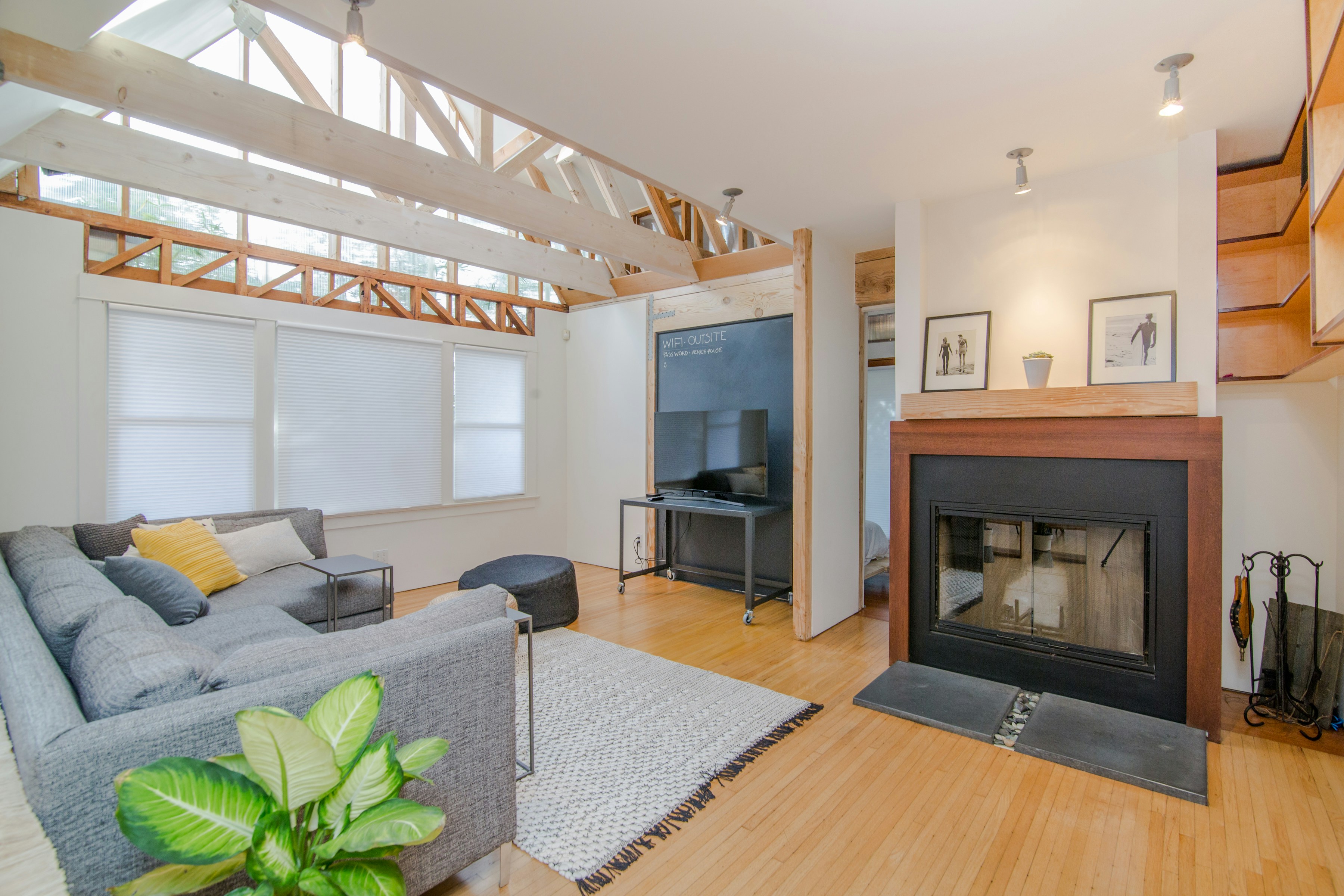Free Retail Business Plan

I. Executive Summary
Business Concept
Our retail business, XYZ Emporium, aims to provide high-quality home goods and decor to the growing population of urban professionals seeking stylish and affordable living solutions. With a focus on modern design and sustainable practices, we will differentiate ourselves in the market.

Market Analysis
Extensive market research reveals a strong demand for our products among millennials and Gen Z consumers in urban areas. Despite competition from established retailers, our unique product offerings and eco-friendly approach position us for success.
Marketing Strategy
Our marketing strategy includes targeted social media campaigns, collaborations with influencers, and participation in local community events to build brand awareness and attract our target audience.
Operations Plan
Located in downtown areas with high foot traffic, our stores will offer an inviting atmosphere where customers can browse our curated collections. We'll implement efficient inventory management systems and prioritize exceptional customer service to drive repeat business.
Financial Projections
With projected revenues of $2 million in our first year and steady growth thereafter, we anticipate becoming a profitable venture within three years. Initial startup costs of $500,000 will be covered through a combination of personal investment and a small business loan.
II. Business Description
Mission Statement
XYZ Emporium is committed to enhancing urban living through accessible and sustainable home goods, inspiring our customers to create stylish and environmentally conscious living spaces.
Vision
Our vision is to become the premier destination for modern home decor, recognized for our commitment to quality, affordability, and environmental stewardship.
Objectives
Within the next five years, we aim to expand our retail presence to five major cities, increase our online sales by 50%, and achieve a 20% market share in our target demographic.
Legal Structure
XYZ Emporium will operate as a limited liability company (LLC) registered in the state of [State].
III. Market Analysis
Target Market
Our target market consists of urban professionals aged 25-40, with disposable income and an interest in contemporary design and sustainability. Market research indicates a growing demand for eco-friendly products among this demographic.
Competitive Analysis
While there are several competitors in the home goods retail space, few focus on both modern design and sustainability. By filling this gap in the market, we can effectively differentiate ourselves and capture market share.
Market Trends
Trends such as urbanization, increased awareness of environmental issues, and the desire for personalized living spaces all support the growth potential of our retail business.
IV. Marketing Strategy
Product/Service Assortment
Our product assortment will include furniture, decor, and household items sourced from ethical suppliers and sustainable materials. We will offer a mix of exclusive brands and affordable options to appeal to a wide range of customers.

Pricing Strategy
Our pricing strategy will be competitive, offering affordable options without compromising on quality. We will implement dynamic pricing strategies and seasonal promotions to drive sales.
Promotional Activities
We will leverage social media platforms such as Instagram and Pinterest to showcase our products and engage with our audience. Additionally, we will collaborate with local influencers and host in-store events to generate buzz and attract customers.
Advertising Channels
In addition to social media, we will utilize targeted online advertising and email marketing campaigns to reach potential customers. We will also explore partnerships with relevant lifestyle publications and blogs to expand our reach.
Customer Service
Exceptional customer service will be a cornerstone of our business. We will prioritize staff training to ensure product knowledge and provide personalized assistance to every customer.
V. Operations Plan
Location
Our flagship store will be located at [YOUR COMPANY ADDRESS], with plans to expand to other urban centers in the future. The store layout will be designed to create an inviting and immersive shopping experience, with designated areas for different product categories.
Inventory Management
We will implement a robust inventory management system to track product levels, anticipate demand, and streamline reordering processes. Regular inventory audits will ensure accuracy and prevent stockouts.
Suppliers
We will partner with ethical suppliers and manufacturers who share our commitment to sustainability and quality. By building strong relationships with our suppliers, we can negotiate favorable terms and ensure reliable product availability.
Staffing
Our team will consist of knowledgeable and passionate individuals who share our values and commitment to customer service. Training programs will be provided to equip staff with the skills needed to assist customers effectively.
Technology Systems
We will invest in state-of-the-art point-of-sale systems and e-commerce platforms to facilitate seamless transactions both in-store and online. Data analytics tools will be utilized to gain insights into customer preferences and optimize inventory management.
VI. Financial Plan
Sales Forecast
Based on market research and projected growth trends, we provide a specific amount for each year, taking into account the projected growth rate of 15-20% annually. Adjustments can be made based on actual performance and changes in market conditions.
Year 1 (2050): $2,000,000
Year 2 (2051): $2,300,000 - $2,400,000 (15-20% growth)
Year 3 (2052): $2,645,000 - $2,880,000 (15-20% growth)
Year 4 (2053): $3,041,750 - $3,456,000 (15-20% growth)
Year 5 (2054): $3,498,013 - $4,147,200 (15-20% growth)
Expenses Forecast
Operating expenses including rent, utilities, payroll, marketing, and inventory will be carefully managed to ensure profitability. We anticipate a net profit margin of 10-15% by the end of the third year.
Rent: $120,000 per year
Utilities: $24,000 per year
Payroll: $400,000 per year (including salaries, wages, and benefits for all staff)
Marketing: $150,000 per year (including advertising, promotions, and marketing campaigns)
Inventory: $600,000 per year (estimated cost of goods sold)
Profit and Loss Statement
In the first year of operation, we anticipate achieving revenue of $2,000,000 with carefully managed expenses, leading to a positive net income. Subsequent years will see steady revenue growth and controlled expenses, resulting in increasing profitability and a net profit margin of 10-15% by the end of the third year.
Break-Even Analysis
Within the initial year of operations, we anticipate exceeding our fixed and variable costs as sales volume ramps up. This robust performance is expected to enable us to reach the break-even point, ensuring financial stability and laying a solid foundation for future growth. With diligent management and strategic execution, we aim to achieve profitability early in our business journey.
Startup Costs
The initial startup costs of $500,000 will primarily cover expenses related to store build-out, including lease deposits, renovations, and furnishings. Additionally, funds will be allocated for inventory procurement to stock our shelves with a diverse range of products. A portion of the budget will also be dedicated to marketing efforts and operational setup, ensuring a strong launch for our retail business.
Funding Requirements
Funding will be obtained through a combination of personal investment, small business loans, and potentially equity financing from investors interested in supporting sustainable retail ventures.
VII. Appendices
Resumes
Resumes of the founding team members, which include details of their relevant experience and qualifications.
Market Research
Detailed findings have been generated from extensive market research studies that include a variety of methods such as surveys, focus groups, and comprehensive reviews of industry reports.
Legal Documents
Copies of legal documents including, but not limited to, business licenses, permits, and lease agreements.
Additional Materials
Any additional relevant materials, including, but not limited to, product catalogs, agreements with suppliers, and spreadsheets containing financial projections.
- 100% Customizable, free editor
- Access 1 Million+ Templates, photo’s & graphics
- Download or share as a template
- Click and replace photos, graphics, text, backgrounds
- Resize, crop, AI write & more
- Access advanced editor
Introducing the Retail Business Plan Template, your blueprint for retail success, exclusively from Template.net. Crafted to empower entrepreneurs, it's fully editable and customizable to fit your unique vision. Effortlessly adapt and refine your strategy with our AI Editor Tool, ensuring your business stays ahead in the competitive retail landscape. Unlock your store's potential with this indispensable template.
You may also like
- One Page Business Plan
- Coffee Shop Business Plan
- Restaurant Business Plan
- Food Business Plan
- Real Estate Business Plan
- Executive Summary Business Plan
- Cover Page Business Plan
- Nonprofit Business Plan
- Daycare Business Plan
- Construction Business Plan
- Startup Business Plan
- Medical Business Plan
- Bakery Business Plan
- Service Plan
- Hotel Business Plan
- Catering Business Plan
- School Business Plan
- Healthcare Business Plan
- Transportation Plan
- Sports Plan
- Car Wash Business Plan
- Salon Business Plan
- Clothing Business Plan
- Farming Business Plan
- Boutique Plan





























